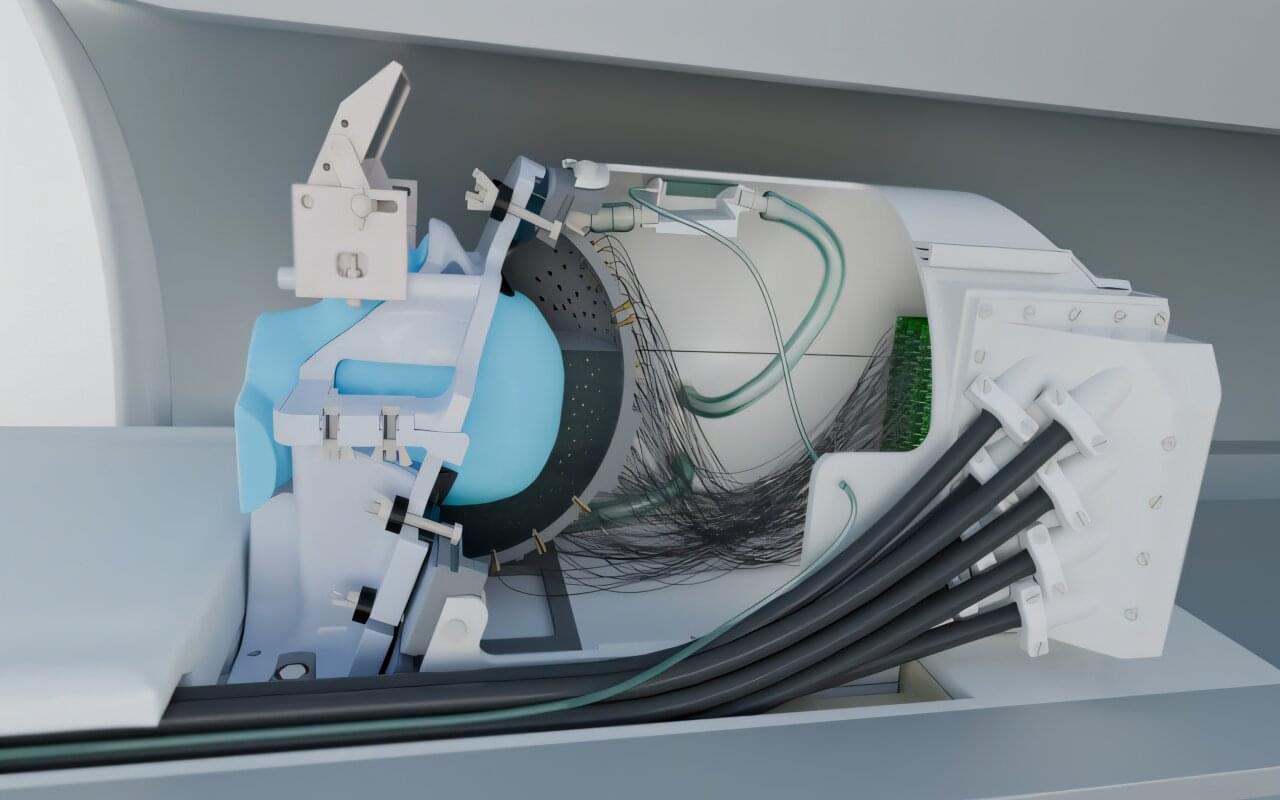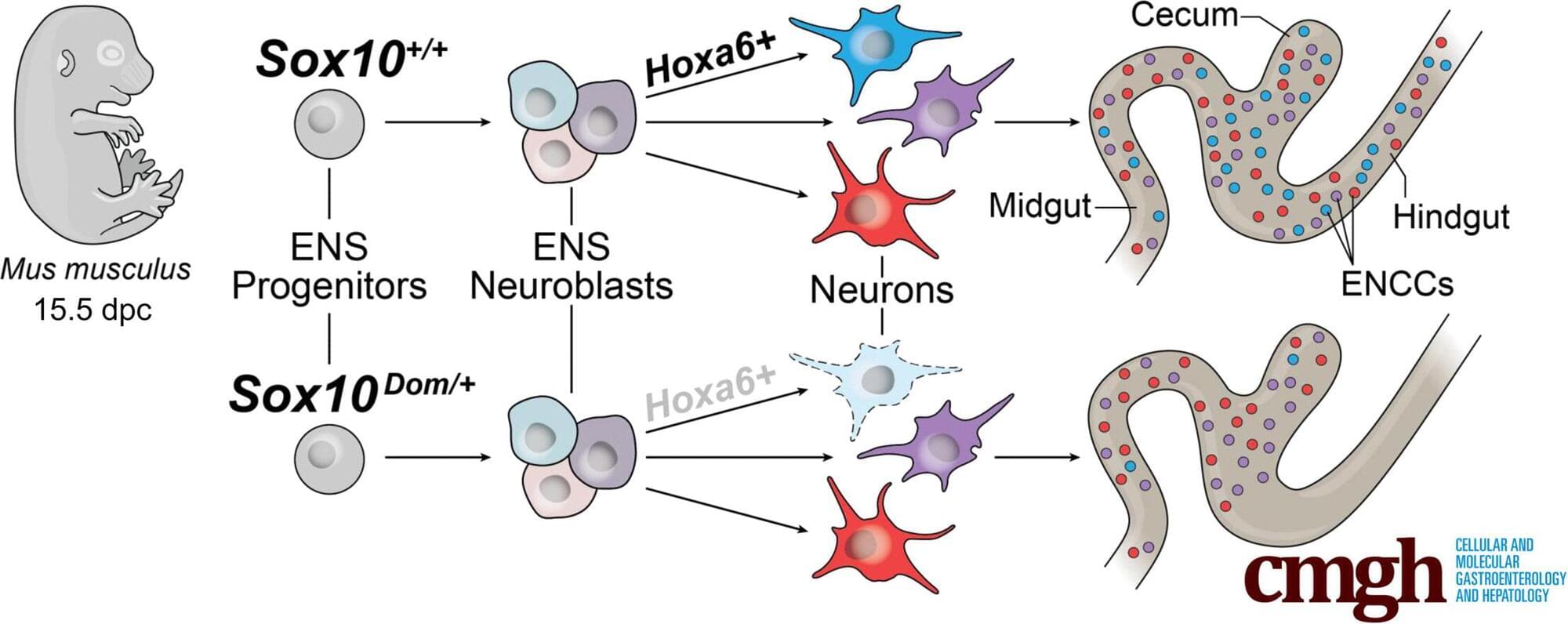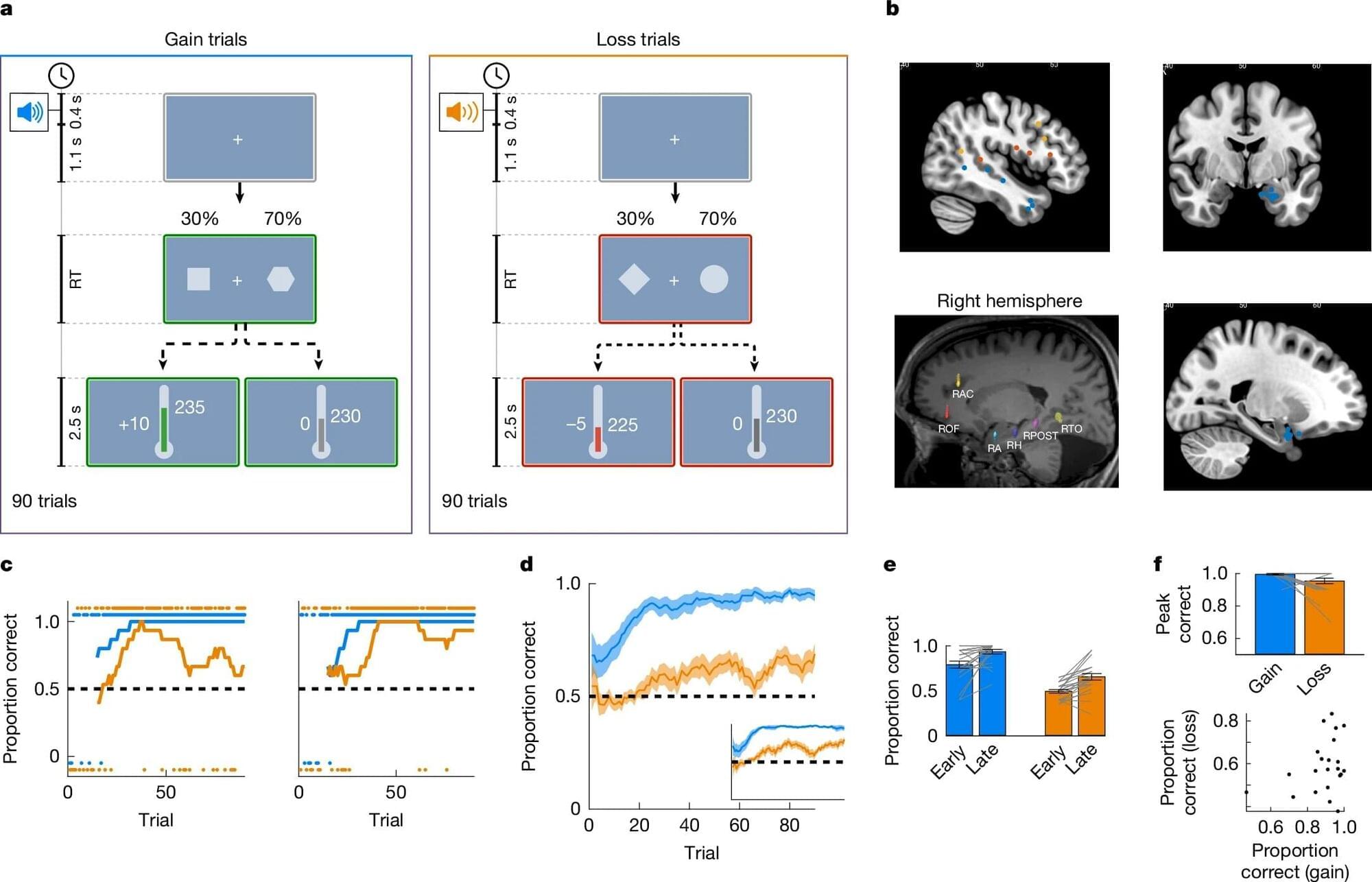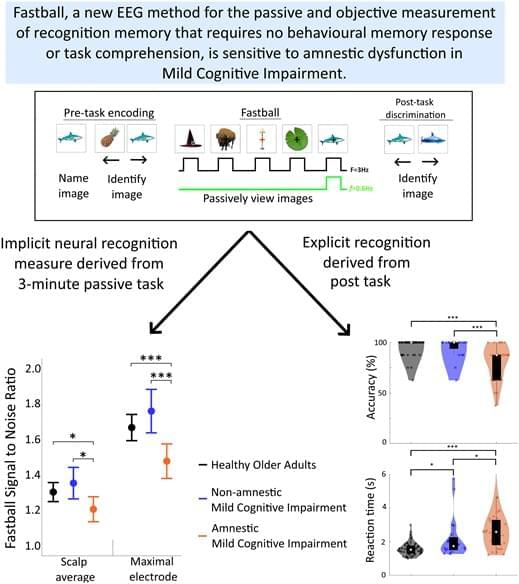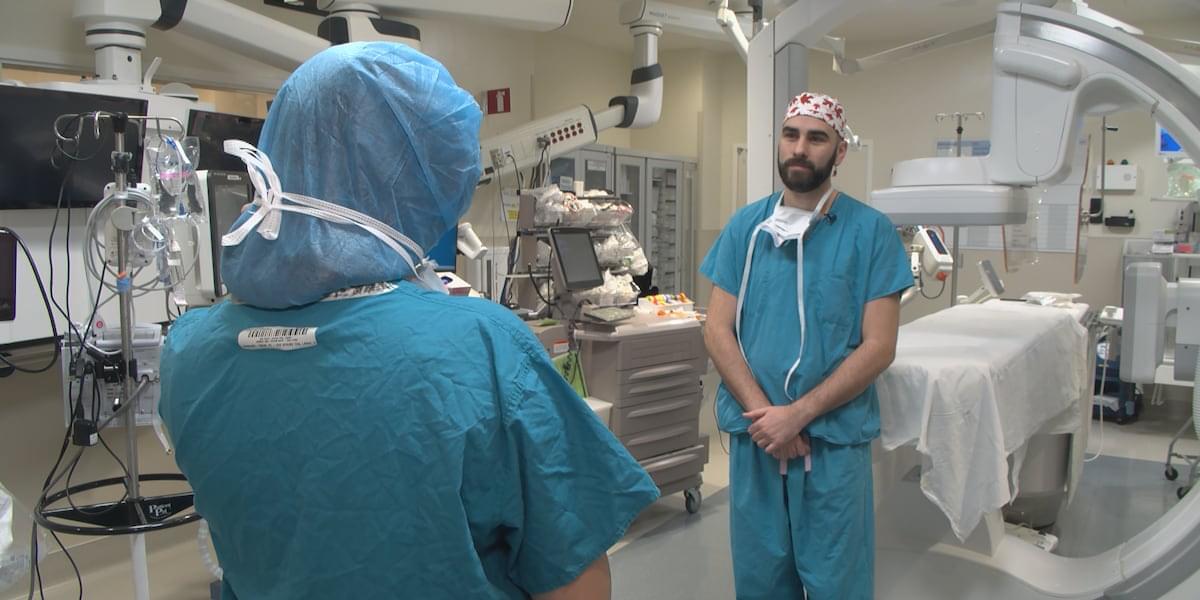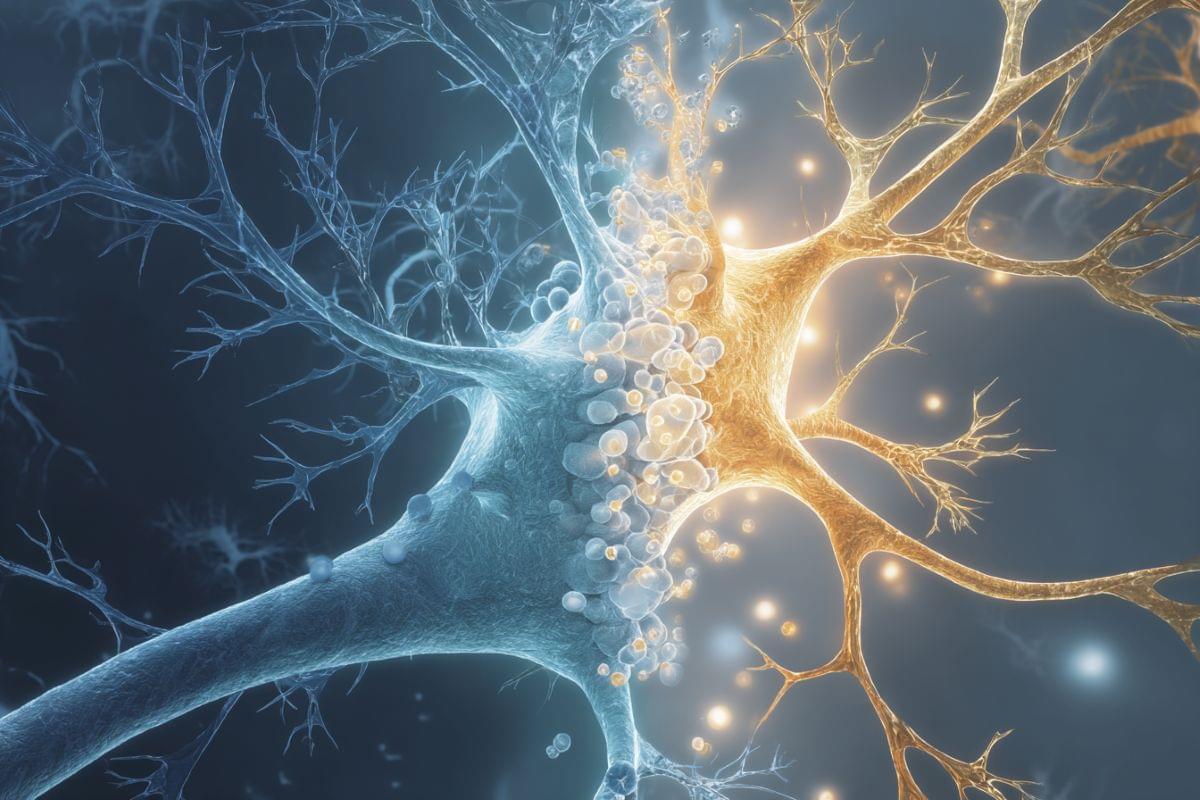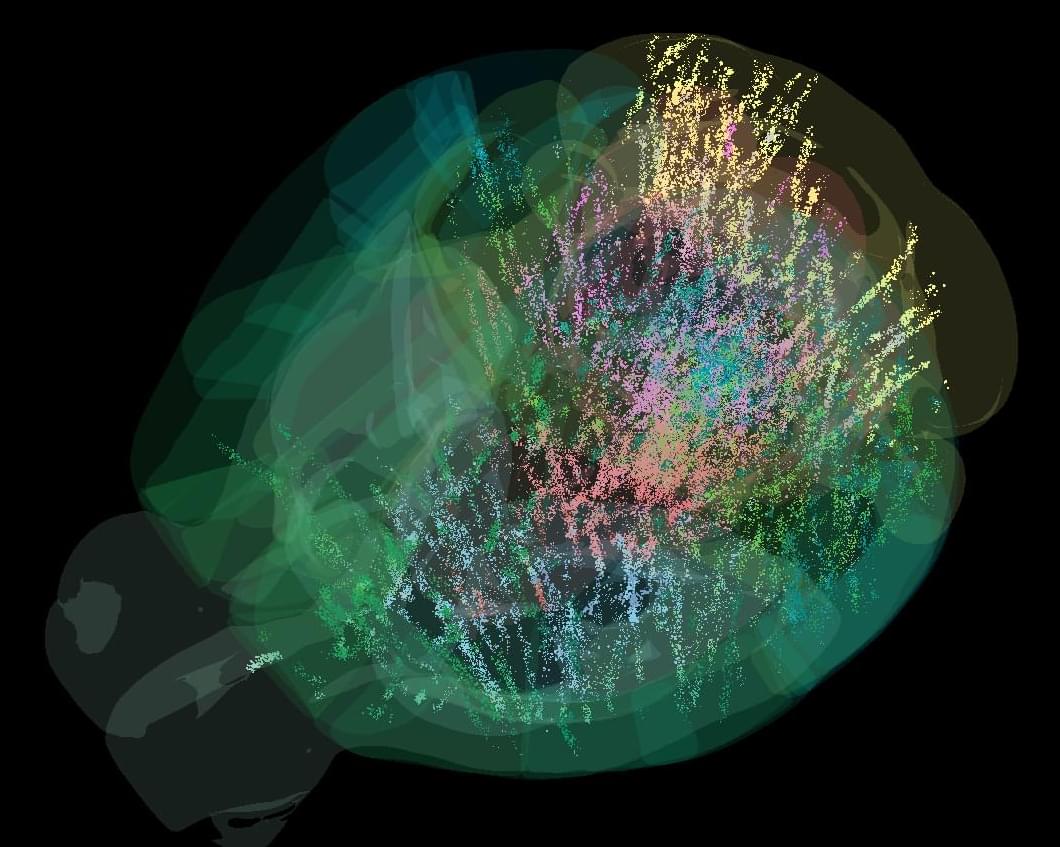An ultrasound device that can precisely stimulate areas deep in the brain without surgery has been developed by researchers from UCL and the University of Oxford, opening up new possibilities for neurological research and treatment of disorders such as Parkinson’s disease.
A paper describing this work appears in Nature Communications.
Scientists have long been looking for a way to modulate brain function, which could improve our understanding of how the brain works and help to treat neurological diseases, using non-invasive methods that don’t involve surgery. One technology that could help is transcranial ultrasound stimulation (TUS), which was recently discovered to be able to modulate the activity of neurons (the brain’s key communication cells) by delivering gentle mechanical pulses that influence how these cells send signals.
